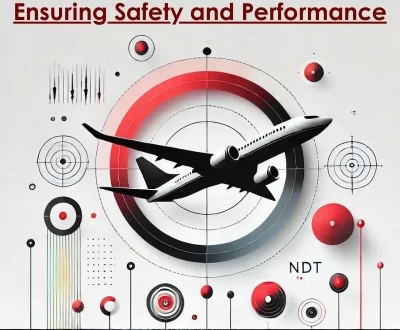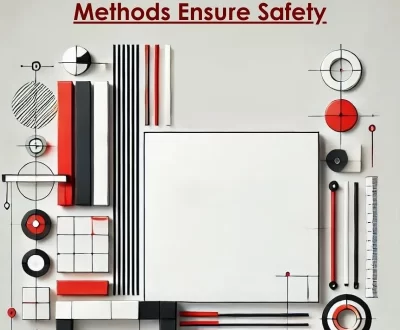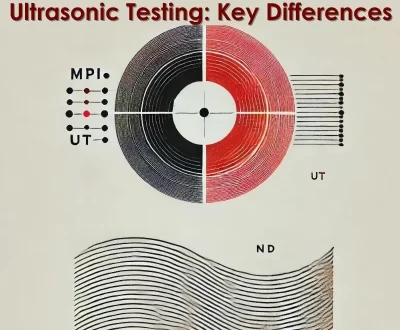Safety Assurance Through the Synergy of Load Testing and NDT
- October 6, 2024
- Uncategorized
The quest for safety assurance in engineering and construction projects has been more important today than ever. Load testing and Non-Destructive Testing (NDT) are key methods to ensure materials and structures withstand operational demands.
While load testing evaluates structural performance under real conditions, NDT inspects material integrity without compromising it. Both technologies together are very much expected to enable engineers and safety experts to ensure advanced standards of safety assurance and reliability in the majority of industries.
The Relationship Between Load Testing and NDT Methods for Safety Assurance
These verifications for structural safety can be made by the performance of load testing and NDT. Load testing is one such method in which the actual forces that the structure will undergo during its lifetime are simulated, and the structure bears the mechanical load. On the contrary, NDT methods evaluate material integrity with no destruction to the material while looking out for imperfections such as cracks and corrosion.
One complements the other: load testing confirms that a structure is capable of sustaining expected levels of stress, and NDT provides confirmation that the underlying materials are free of hidden defects that can cause failure. Together, both methods offer complete safety diagnosis. Load testing concerns performance under pressure, whereas NDT addresses the health of the material itself. A combination of both ensures that structures behave as anticipated, continuing to remain safe over time.
Combining Magnetic Particle Inspection (MPI) and Load Testing for Safety Assurance
Combining Magnetic Particle Inspection (MPI) and load testing creates a multi-layered approach to ensure safety and performance. MPI effectively detects defects in ferromagnetic materials, while load testing simulates operational conditions to assess structural strength.
By integrating both methods, engineers gain valuable insight into not just where potential problems exist but how the structure will respond under real-world pressures. This proactive combination enhances decision-making, allowing for more efficient maintenance and fewer unexpected breakdowns.
Real-World Examples: How Load Testing and NDT Inspections Prevent Failures
Load testing and NDT inspections play a crucial role in ensuring safety and reliability for critical infrastructure in aerospace, construction, and energy industries. These preventive measures detect weaknesses early, preventing them from escalating into major failures and keeping structures and machinery intact.
Such load testing was important, for example, in ensuring safety in the Golden Gate Bridge in San Francisco. Engineers put additional simulated pressure on the bridge to ensure that it would not buckle under pressure when heavy loads of traffic were passing over it.
While all such material inspections are destructive, NDT inspections are non-invasive in their nature. For example, in aviation, the wings undergo NDT testing for any hidden defects in them. Without such inspection, small cracks might have potentially resulted in tragic mid-flight accidents.
Load testing and NDT inspections are the first lines of defense against failures. Both extend the life of critical infrastructure but also afford peace of mind in knowing both new and existing structures can stay operational safely.
Conclusion
This briefs the wide ramifications that this combination of load testing and NDT bears on the canopy of safety assurance. While load testing validates structural capacity under simulated conditions, NDT offers credible diagnostics on internal conditions. Together, the system identifies potential risks before they escalate into costly failures or accidents.
This approach combines methodologies to help industries maintain high safety, reliability, and durability in their projects.
More from our blog
See all postsRecent Posts
- Load resistance evaluation in Software vs Structural Engineering October 6, 2024
- NDT Testing in Aerospace Industry: Ensuring Safety and Performance October 6, 2024
- Safety Assurance Through the Synergy of Load Testing and NDT October 6, 2024








